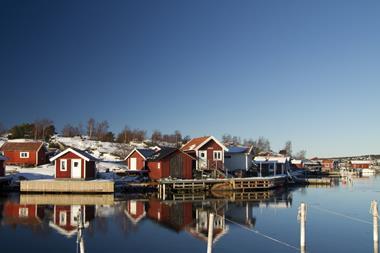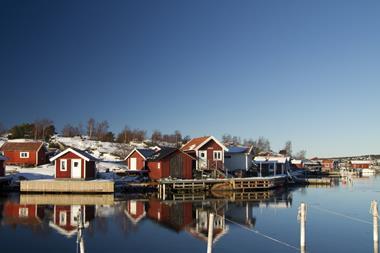The boards of Swedish listed companies are becoming ever more female, with this change speeding up in recent years to a point where 44.9% of newly elected non-executive directors are now women, according to research by Sweden’s second AP pensions buffer fund.
The news that diversity has improved came as AP2 also announced nearly 20 fossil-fuel divestments from its portfolio.
The SEK300bn (€32bn) pension fund’s 2016 Female Representation Index showed the percentage of women on the boards of companies quoted on Nasdaq Stockholm is continuing to rise, and now stands at 30.7%, up from 27.9% in the previous year.
The share of women on executive boards had also risen, reaching 20.9% from 19.5% the year before, it said.
Eva Halvarsson, AP2’s chief executive, said: “I believe this clearly demonstrates that stakeholders and nomination committees have become better at utilising the full range of competence available – and that the pace of this change-process is accelerating.”
At the rate of change seen over the last 12 years, it would now take 25 years for women to fill half of non-executive board seats, and 37 years for the same balance to be achieved on executive boards, she said.
“However, with a pace of change similar to the past three years, it will take only 10 years before corporate boards and 23 years before executive managements achieve 50% female representation,” Halvarsson said.
Out of the 286 companies in the survey, at 202 companies at least a quarter of non-executive board members were female in this latest survey, up from 170 firms reporting this level of representation in 2015.
AP2 said 27 companies in the survey had no female non-executive board members and 80 had no women at all on their executive boards.
The proportion of female chairs and chief executives remains at a low level, the pension fund said, though this had risen respectively to 6.3% in 2016 from 5.2 the year before, and to 5.2% from 4.5%.
Meanwhile, AP2 also announced it was selling off about SEK550m of equities by divesting 11 coal and eight oil-and-gas production companies.
The move was aimed at further reducing its exposure to financial risk in fossil-fuel production, the pension fund said.
The capital released from these asset sales has been reinvested across all sectors, it said.
Halvarsson said that in assessing the financial impact of climate risks on portfolio companies, AP2’s concern was to find out whether these risks had been factored into their market price.
“Both our analysis of fossil-energy companies and our assessment of the energy sector at the close of last year have been conducted in strict adherence to the fund’s stated mission, namely — to take ethical and environmental concerns into account, without abandoning the broad goal of a maximum return on assets,” she said.
Back in 2014, the fund divested its holdings in 20 companies following its first risk assessment of fossil-fuel production companies which focused on their potential climate impact, it said.
The latest batch of fossil-fuel stocks to be sold off have been divested as a result of AP2’s annual follow-up to this original assessment carried out at the end of December 2015.
Apart from the divestments, AP2 said a single oil-and-gas production company had been reinstated to its benchmark index, because the fund’s criteria for divestment no longer applied to this firm.
In all, it said it has now divested its holdings in 23 coal and 15 oil-and-gas companies.











No comments yet